Turtles, with their ancient lineage and distinctive shells, have captivated humans as pets for generations. However, these fascinating reptiles can sometimes puzzle their owners with shy or reclusive behavior. If you’ve noticed your turtle spending excessive time hidden away, you’re not alone. Hiding is a natural turtle behavior, but understanding why it’s happening and how to address it can significantly improve your pet’s quality of life. This article explores the various reasons turtles hide, how to interpret this behavior, and practical steps to create an environment where your shelled companion feels secure enough to emerge and thrive.
Understanding Natural Turtle Behavior
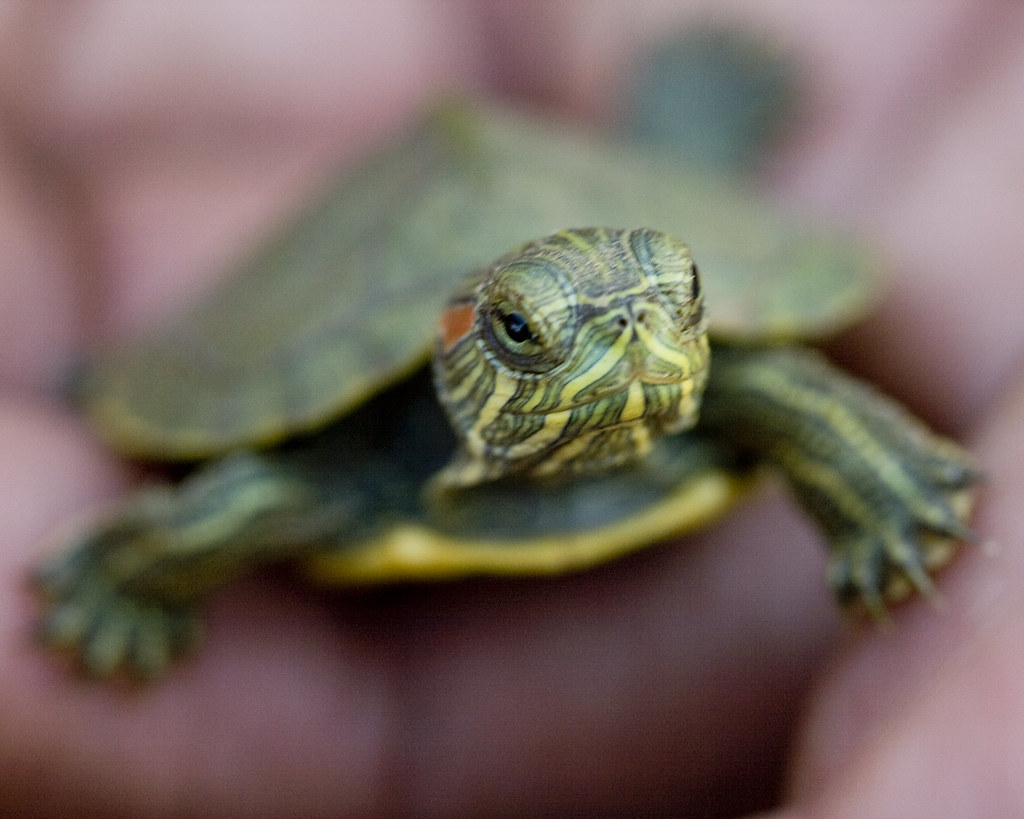
In the wild, turtles are prey animals for numerous predators, making cautious behavior an evolutionary survival trait. Their shells provide protection, but turtles have also developed behavioral adaptations like hiding to avoid detection in the first place. Most turtle species are naturally shy and may take time to become comfortable in new surroundings or with unfamiliar people. Understanding this inherent wariness helps explain why your pet turtle might retreat when faced with changes or perceived threats. Even in a safe home environment, these instinctual behaviors remain deeply ingrained, and respecting them is part of responsible turtle care.
Environmental Stress Factors

Your turtle’s habitat plays a crucial role in determining how secure it feels. Tanks that are too small, overcrowded, or lacking adequate hiding spots can cause stress that manifests as excessive hiding behavior. Poor water quality with improper pH levels or harmful chemicals can also drive turtles to seek shelter and minimize exposure. Inappropriate temperature gradients that don’t allow for proper thermoregulation may cause your turtle to hide in an attempt to find comfort. Additionally, excessive noise, vibration, or frequent disturbances around the tank can create an environment where your turtle never feels safe enough to emerge fully.
New Habitat Adjustment Period

When you first bring a turtle home or move it to a new tank, expect a period of adjustment where hiding is perfectly normal. Turtles typically need anywhere from a few days to several weeks to become accustomed to new surroundings, during which they may remain largely hidden. This behavior allows them to observe their environment from a position of safety before they determine it’s secure enough to explore. First-time turtle owners sometimes mistake this normal adjustment period for a health problem, but patience is key. Minimize disturbances during this time while ensuring basic needs are met, allowing your turtle to acclimate at its own pace.
Health-Related Hiding Behaviors

Sometimes, excessive hiding can indicate underlying health issues that require attention. Sick turtles often isolate themselves, a natural behavior designed to protect them from predators when they’re vulnerable. Watch for other symptoms accompanying the hiding behavior, such as decreased appetite, lethargy, abnormal shell appearance, or discharge from the eyes or nose. Respiratory infections, vitamin deficiencies, and parasitic infestations can all cause a turtle to hide more than usual. If your turtle’s hiding coincides with other concerning symptoms or persists beyond a reasonable adjustment period, consulting with a reptile veterinarian is strongly recommended.
Social Dynamics in Multi-Turtle Tanks

If you house multiple turtles together, social dynamics may influence hiding behaviors. Dominant turtles can bully more submissive ones, causing the latter to hide to avoid confrontation. Signs of bullying include bite marks, shell damage, one turtle consistently preventing another from accessing basking spots, or aggressive chasing during feeding times. Some turtle species are simply not compatible for cohabitation, while others may require specific sex ratios to minimize aggression. Monitoring interactions between your turtles can help determine if social stress is causing excessive hiding, and in some cases, separation into different habitats might be necessary for the well-being of all animals involved.
Creating Proper Hiding Spots
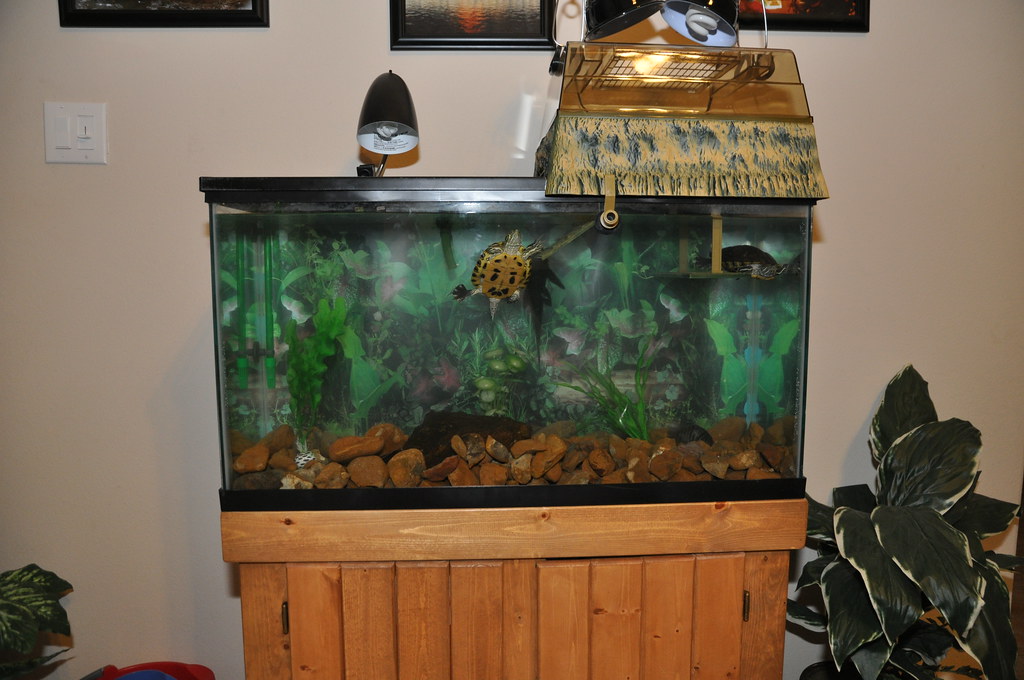
Paradoxically, providing adequate hiding places can actually decrease excessive hiding behavior by increasing your turtle’s overall sense of security. Offer multiple types of hiding spots throughout the tank, including submerged areas, floating plants, and structures that provide partial concealment. Commercial turtle hides work well, but creative DIY options like PVC pipes, sanitized flowerpots, or aquarium-safe decorations can be equally effective. Position hiding spots at various depths and temperatures throughout the enclosure to allow your turtle to choose the most comfortable microenvironment. The key is creating an environment where your turtle can hide when it needs to, building confidence that eventually leads to more time spent exploring openly.
Optimizing Tank Size and Layout
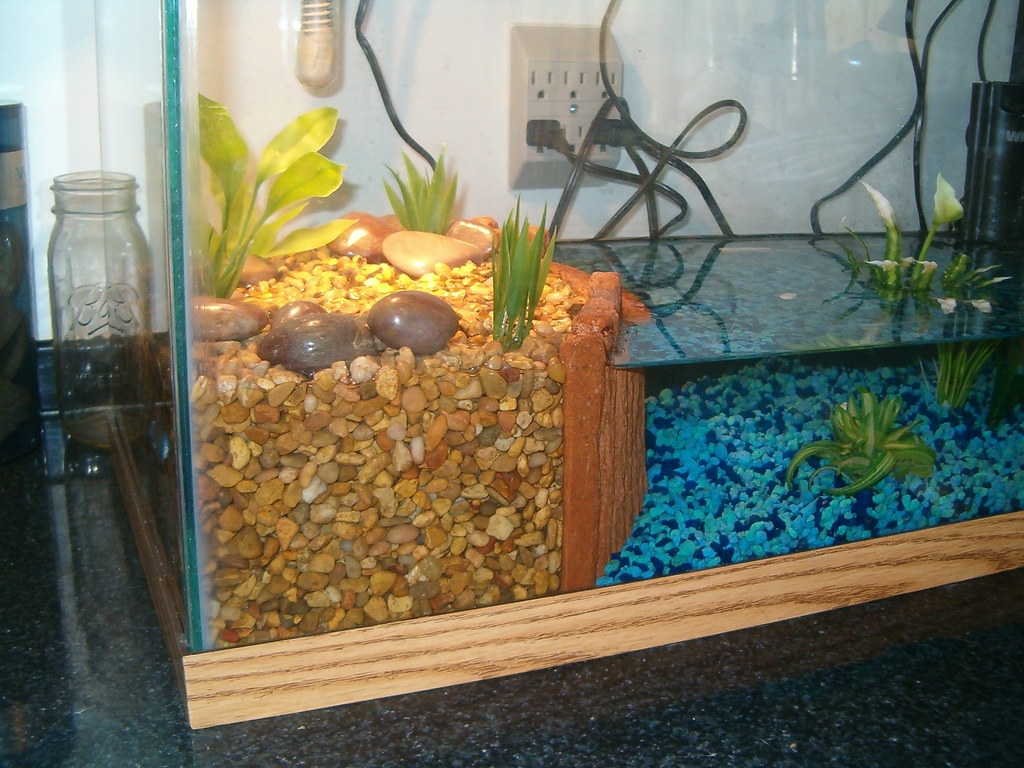
Insufficient space is a common cause of stress-related hiding in captive turtles. As a general rule, aquatic turtles need at least 10 gallons of water per inch of shell length, with more space always being better. The tank layout should include distinct zones for different activities: a deep swimming area, a secure basking platform, and gradient areas in between. Proper filtration is essential for maintaining water quality, as turtles are messy eaters and produce significant waste. Create visual barriers between different areas of the tank to provide a sense of territory and security. A well-designed habitat that accommodates natural behaviors will help your turtle feel confident enough to emerge from hiding regularly.
Temperature and Lighting Requirements
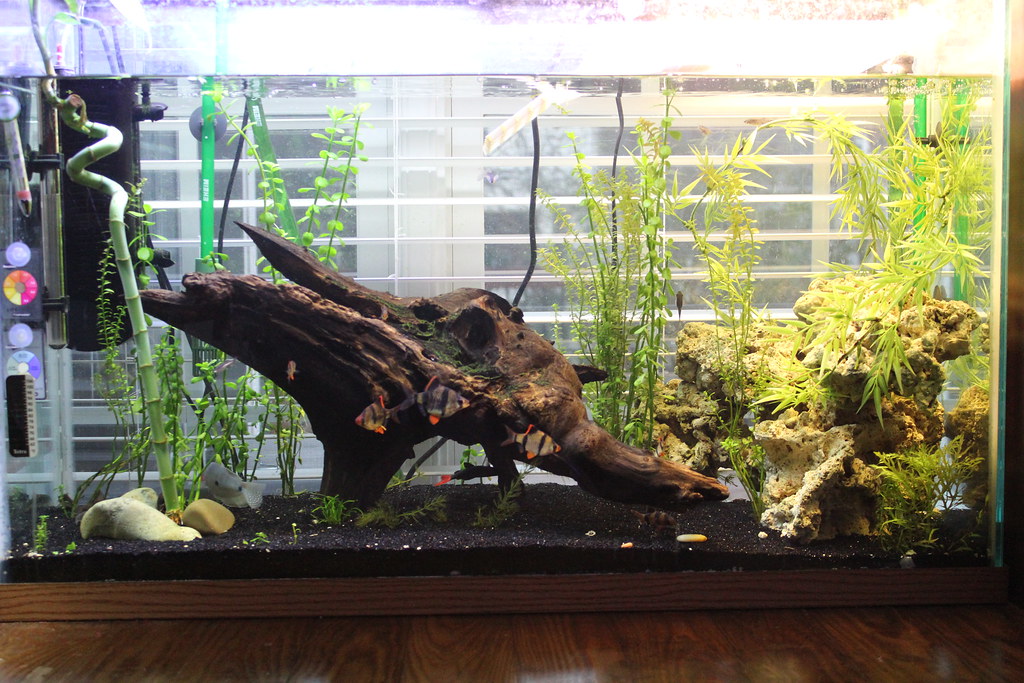
Turtles rely on external heat sources to regulate their body temperature, making proper thermal gradients essential for their well-being. Inadequate temperature ranges or fluctuations can cause turtles to hide in an attempt to find comfort. Most aquatic turtles need water temperatures between 75-80°F (24-27°C) and a basking spot of 85-95°F (29-35°C), though specific requirements vary by species. Equally important is proper UVB lighting, which enables vitamin D3 synthesis for calcium metabolism. Without adequate UVB exposure, turtles can develop metabolic bone disease and other health issues that may cause them to hide. Regularly check temperatures with reliable thermometers and replace UVB bulbs according to manufacturer recommendations, typically every 6-12 months even if they still produce visible light.
Establishing a Consistent Routine
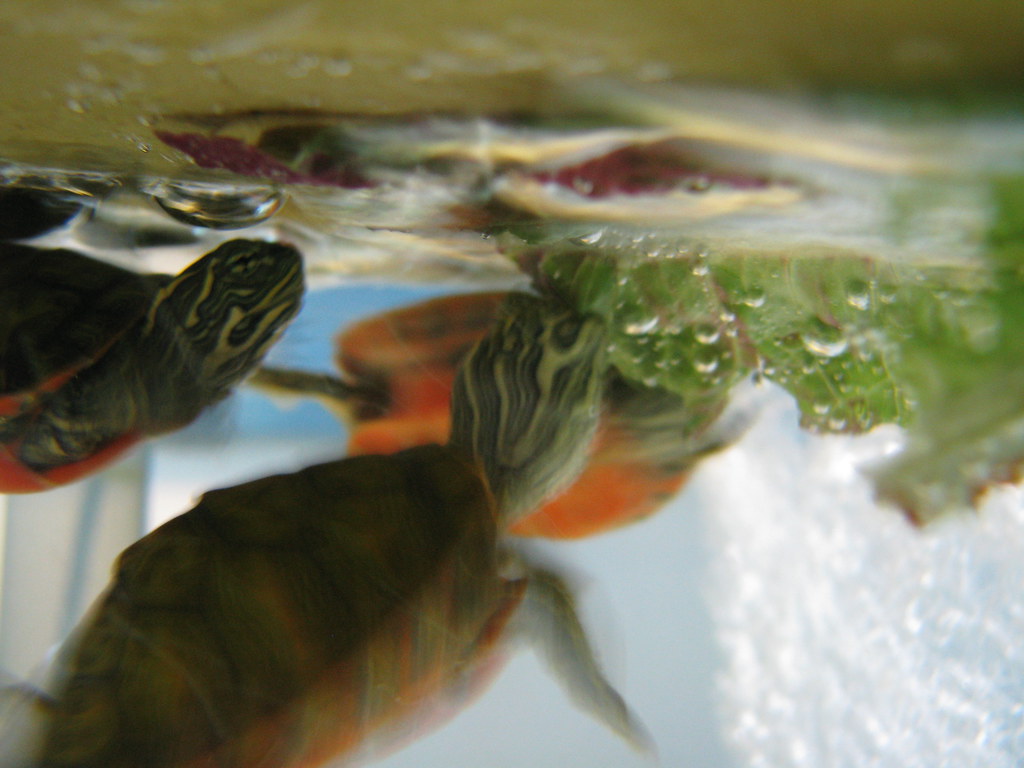
Turtles thrive on predictability, and establishing a consistent daily routine can significantly reduce stress-related hiding. Feed your turtle at approximately the same times each day, maintain consistent light cycles (10-12 hours of light followed by darkness), and perform tank maintenance on a regular schedule. Avoid sudden changes to the environment whenever possible, introducing any necessary modifications gradually. When handling is required, use gentle, deliberate movements rather than quick, unpredictable gestures that might trigger a fear response. Over time, your turtle will learn to anticipate daily patterns, which builds trust and a sense of security that encourages more confident behavior.
Minimizing Handling and Disturbances
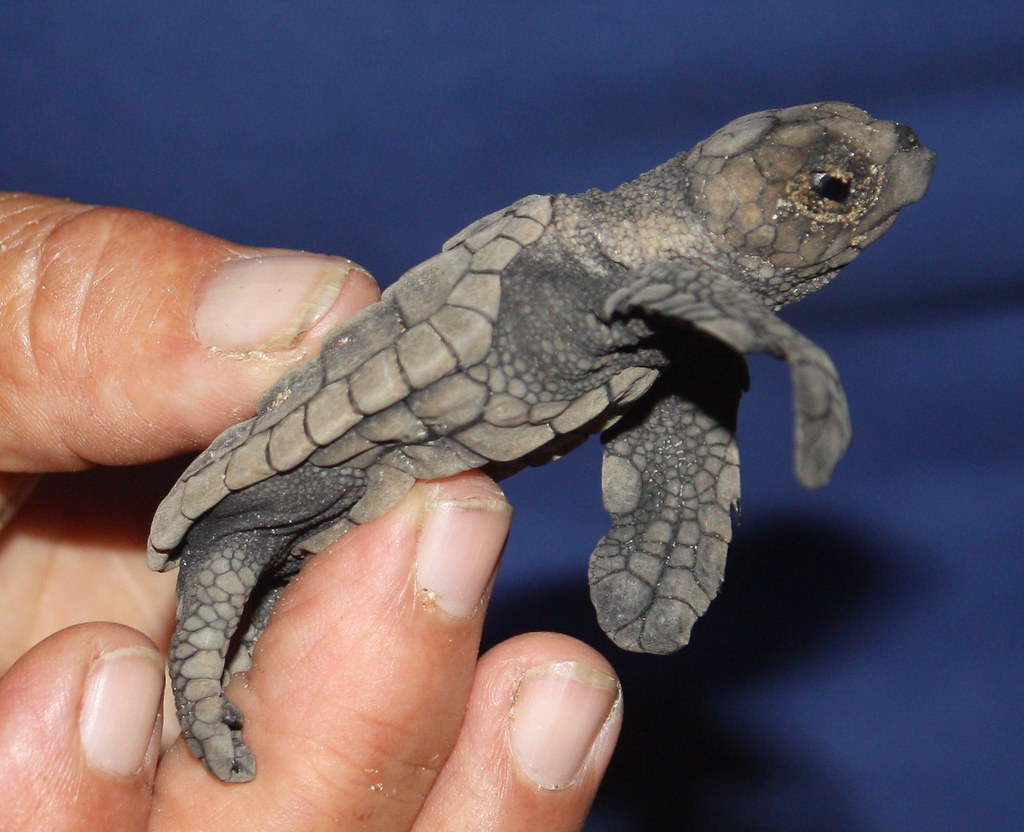
Unlike some pets, most turtles don’t naturally seek human interaction and may find handling stressful. Excessive handling is a common reason turtles hide, especially when they’re new to a home. Allow your turtle to acclimate fully before attempting to handle it, and always keep sessions brief and gentle when necessary. Position the tank in a location with moderate activity – not too isolated but away from high-traffic areas, loud televisions, or speakers that cause vibrations. Consider placing visual barriers on one or two sides of the tank to create a sense of security while still allowing observation. Remember that respecting your turtle’s preference for limited handling often results in a pet that’s more willing to be visible and active within its habitat.
Appropriate Feeding Practices

Feeding time provides an excellent opportunity to build positive associations that may help reduce hiding behaviors. Establish a consistent feeding routine in terms of timing, location within the tank, and the presentation method. Some turtles benefit from target training – teaching them to associate a specific object with feeding, which can help them feel more secure during this vulnerable activity. If your turtle hides during feeding attempts, try using long feeding tongs that minimize your presence over the tank, which can be perceived as threatening. For particularly shy individuals, consider leaving food in a designated area and stepping away until the turtle feels safe enough to emerge and eat.
Building Trust Through Positive Association
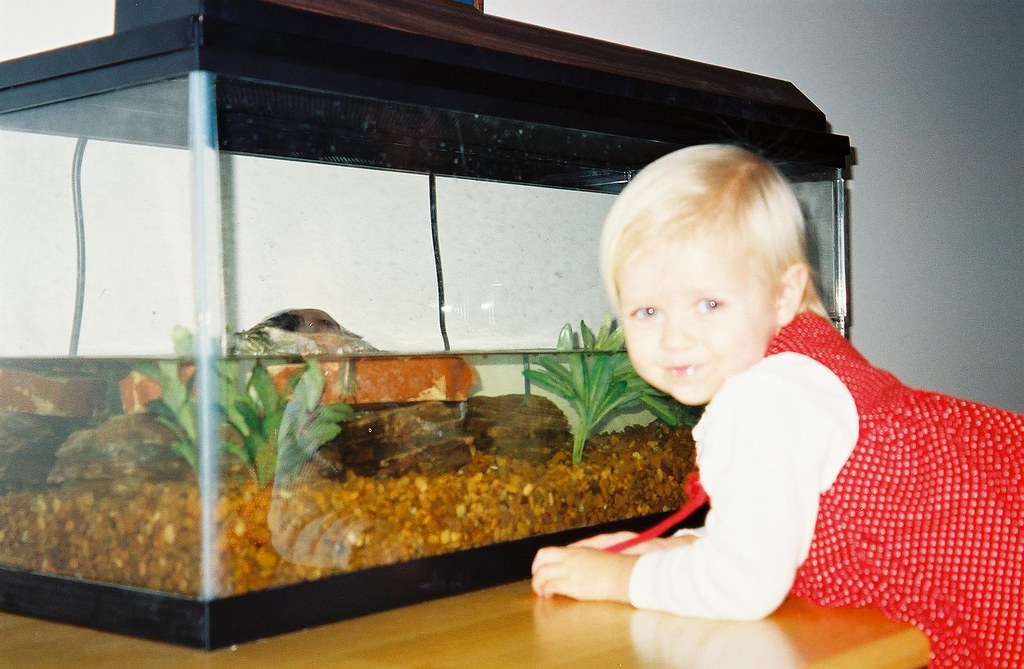
While turtles aren’t as socially responsive as mammals, they can form positive associations that reduce fearful hiding over time. Begin by simply sitting quietly near the tank daily, allowing your turtle to observe you without perceiving a threat. Gradually associate your presence with positive experiences like feeding, though avoid using food as a lure to force interaction. Hand-feeding can be introduced once basic trust is established, but should never be rushed or forced. Some turtle owners report success with gentle talking or singing in a consistent, calm voice during feeding or tank maintenance, creating a predictable auditory signal. Remember that building trust with a turtle requires patience measured in weeks or months, not days.
When to Seek Veterinary Assistance

While hiding is often behavioral, persistent hiding combined with other symptoms warrants professional evaluation. Schedule a veterinary visit if your turtle’s hiding coincides with appetite changes, weight loss, abnormal shell growth, swollen eyes, or respiratory symptoms like wheezing or nasal discharge. Lethargy that persists beyond an initial adjustment period may indicate health problems rather than normal shyness. Seek immediate veterinary care for any turtle showing signs of shell damage, bleeding, or inability to swim properly. Choose a veterinarian with specific reptile experience, as turtles have unique health requirements that differ significantly from mammals. Addressing health issues promptly can prevent minor problems from developing into serious conditions that are more difficult to treat.
Monitoring Progress and Making Adjustments
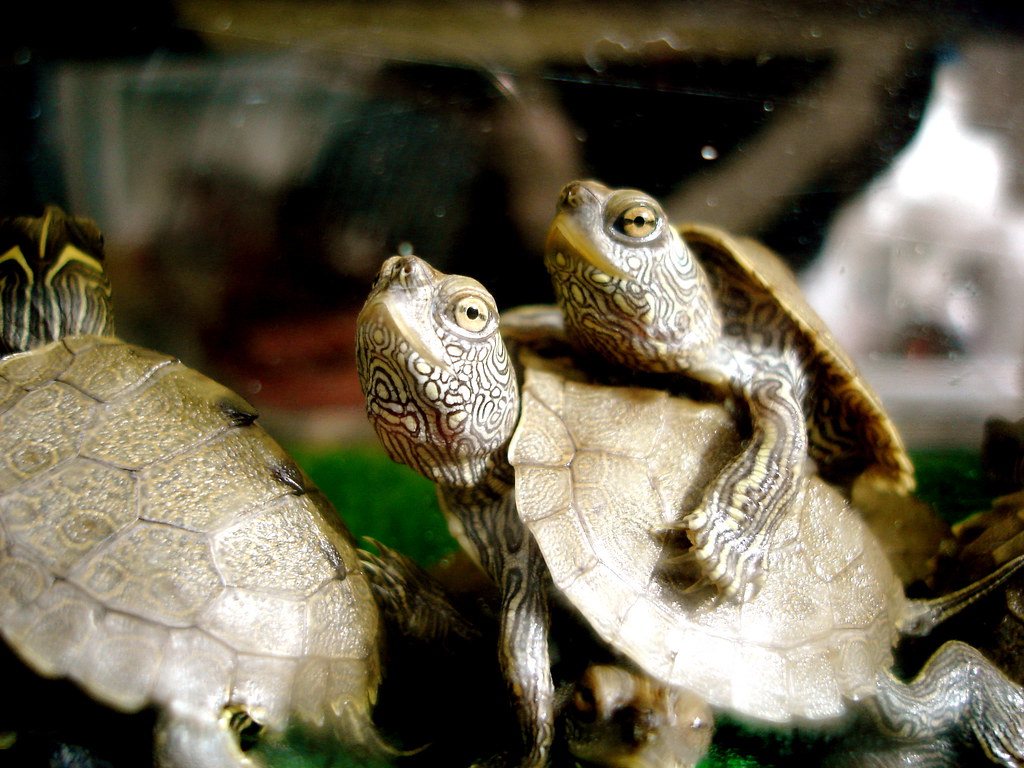
Helping a shy turtle become more confident requires ongoing observation and willingness to adapt your approach. Keep a simple log of your turtle’s behaviors, noting patterns in hiding, eating, basking, and activity levels in relation to environmental factors or changes you’ve made. Look for gradual improvements rather than dramatic overnight changes – successful adaptation typically occurs in small increments over time. Be prepared to modify your strategies based on your turtle’s individual responses, as what works for one turtle may not work for another, even of the same species. Celebrate small victories, such as your turtle remaining visible for longer periods or approaching the glass when you enter the room, as these indicate growing comfort and trust.
Turtle hiding behavior represents a complex interplay of natural instincts, environmental factors, and individual temperament. By understanding the reasons behind this behavior and implementing thoughtful habitat improvements, most turtle owners can help their shelled companions feel secure enough to spend more time visible and active. Remember that each turtle has a unique personality, and some will naturally be more reclusive than others regardless of environmental optimizations. Patience, consistent care, and respect for your turtle’s natural tendencies are the foundations of a trusting relationship. With time and appropriate accommodations, most turtles will find the confidence to emerge from hiding and display the fascinating behaviors that make them such rewarding companions.



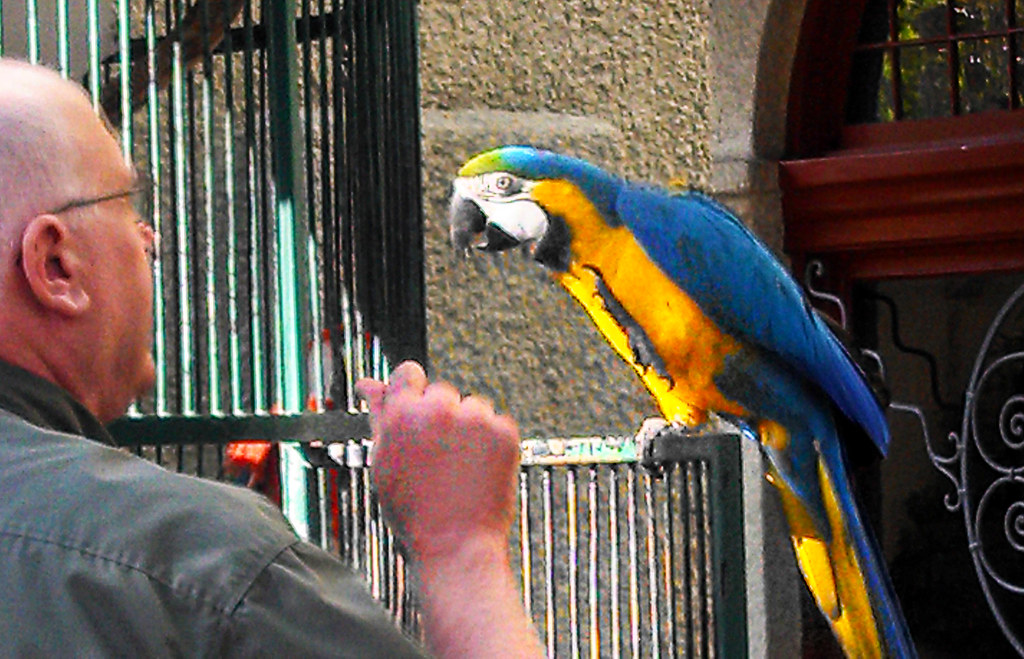
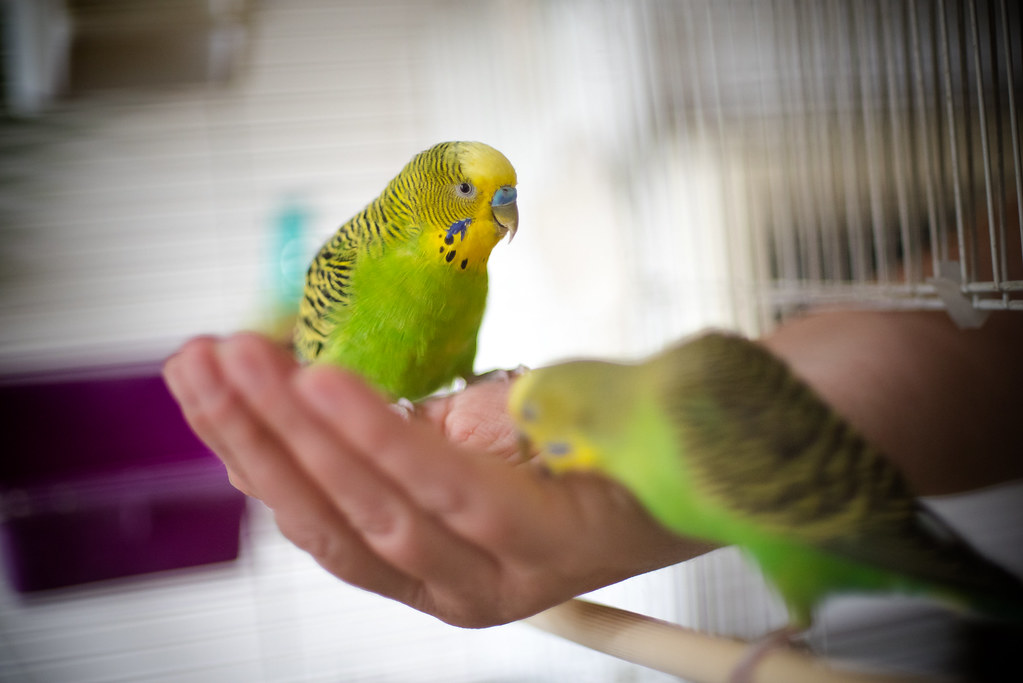
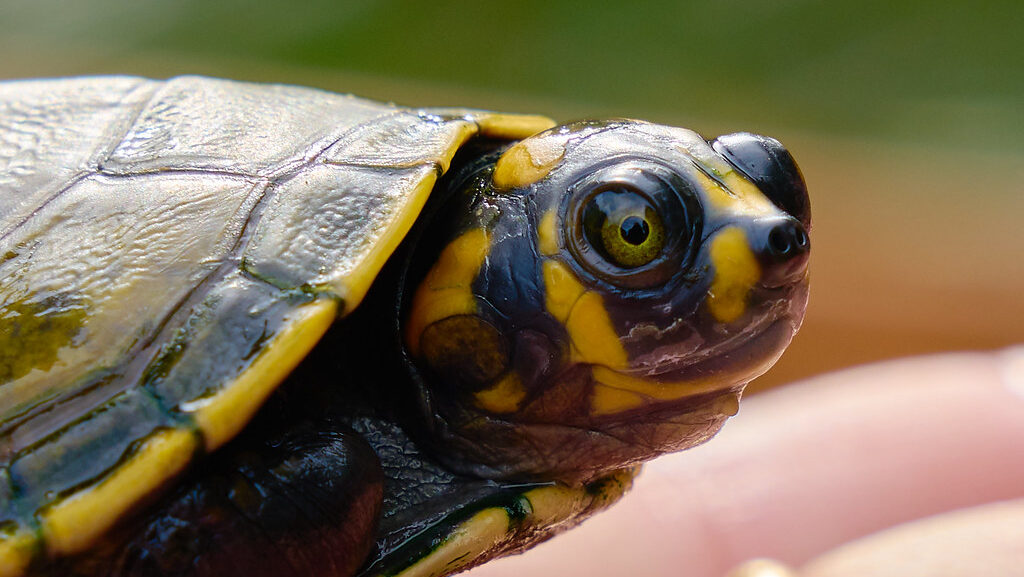
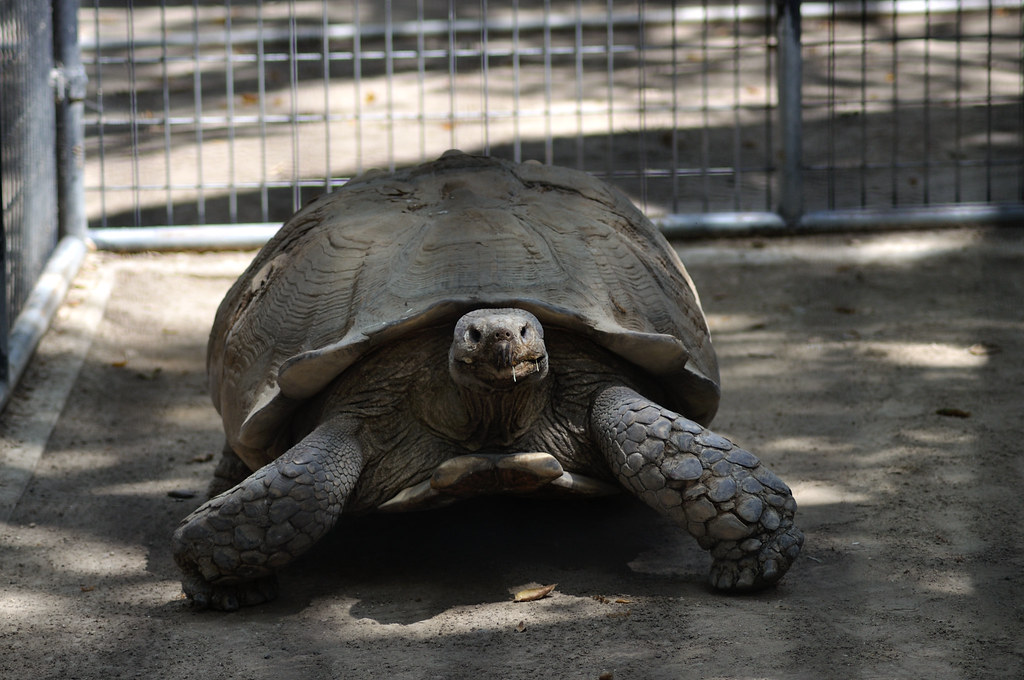

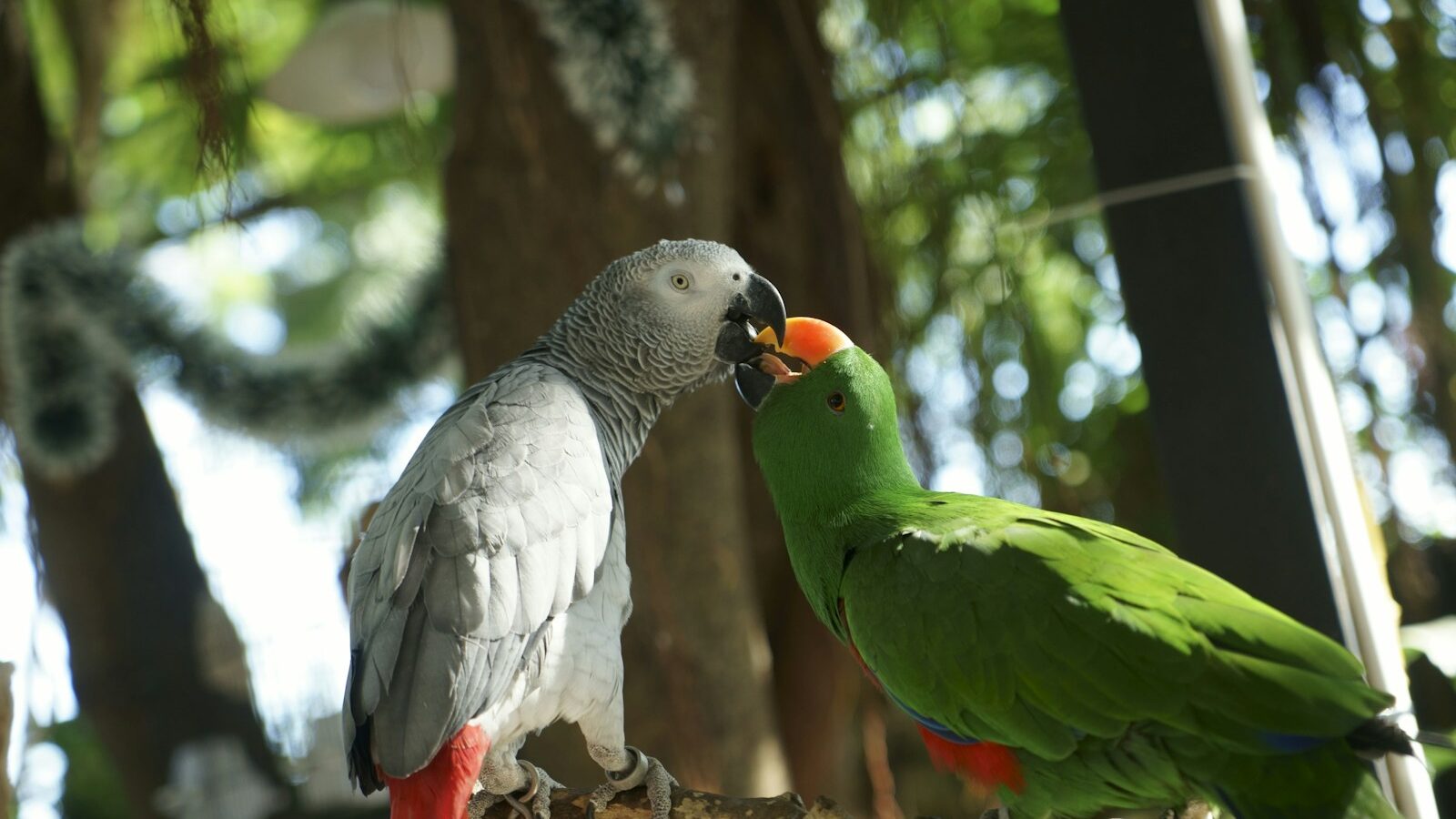
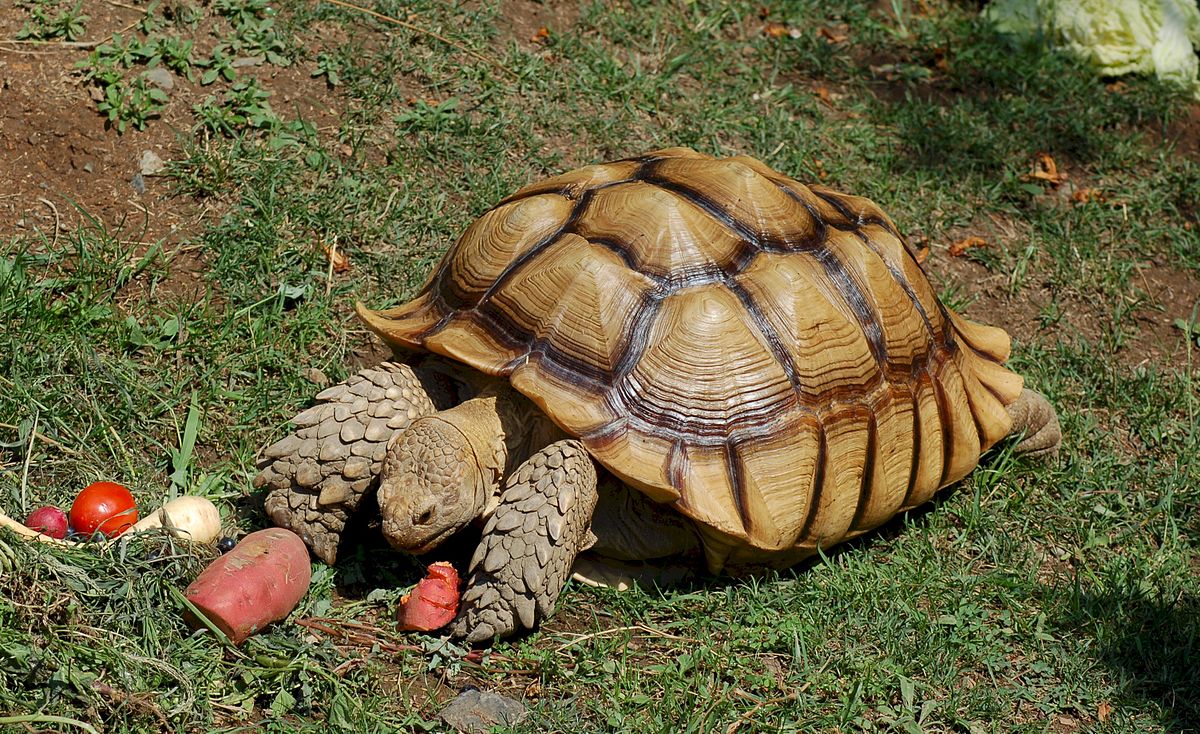
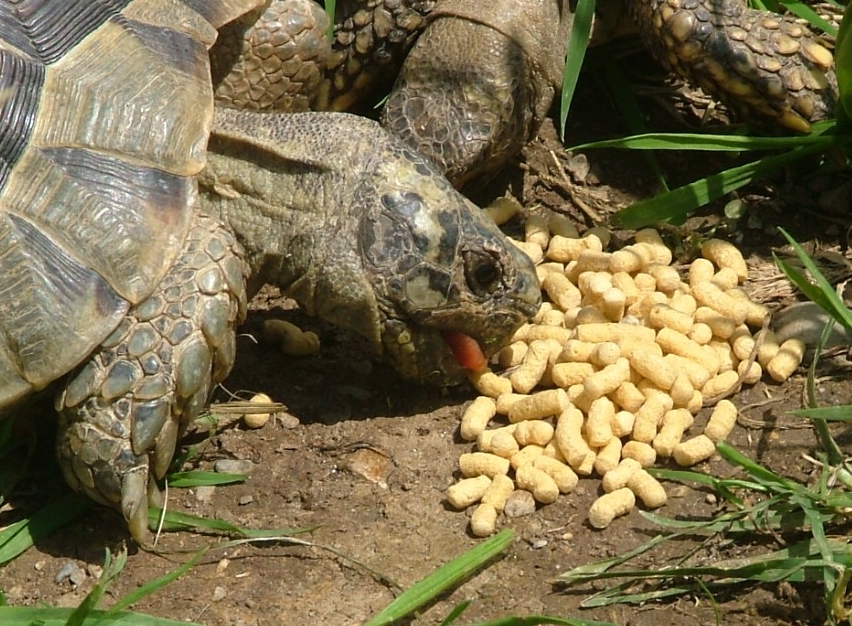
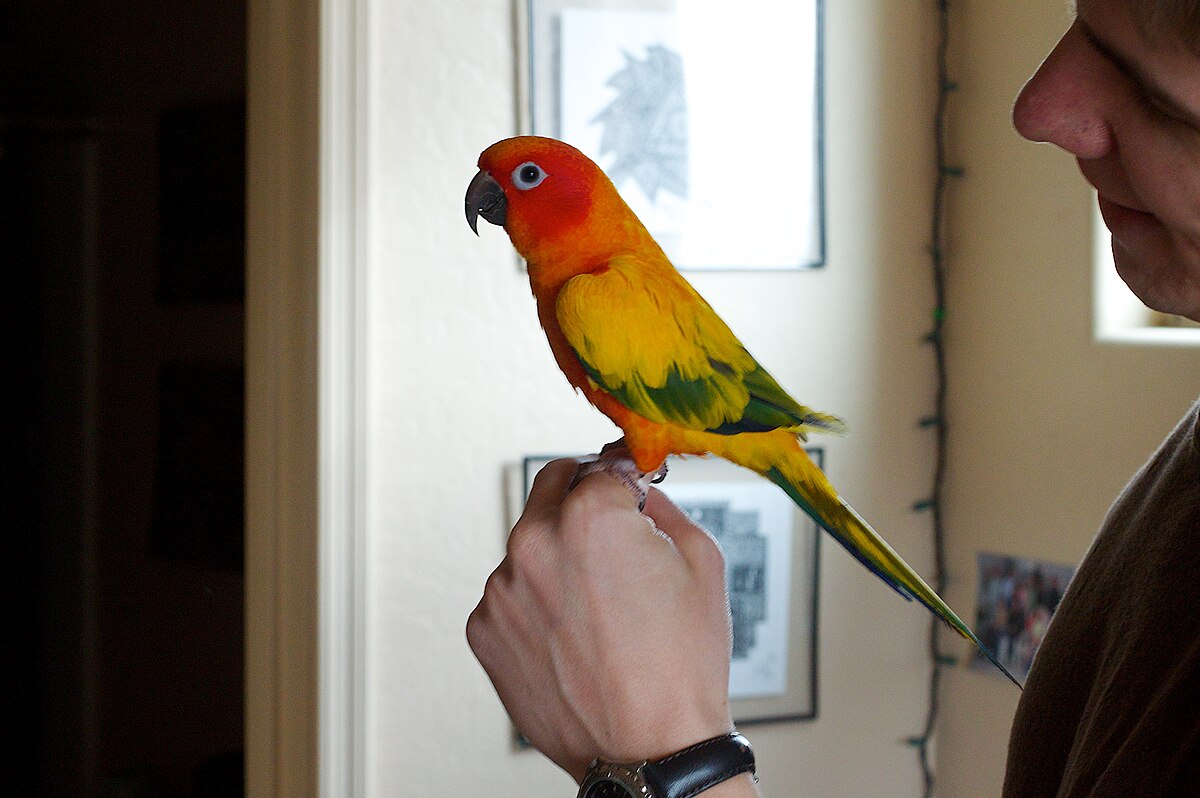



Leave a Reply